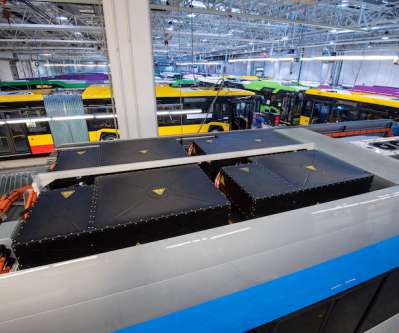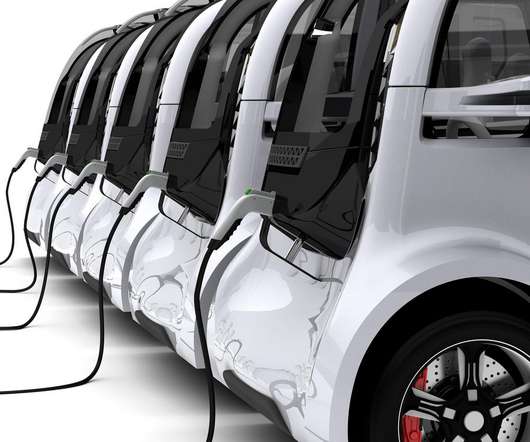Solaris Bus in Polish second-life battery consortium
Green Car Congress
JANUARY 12, 2021
A consortium comprising Solaris Bus & Coach, Impact Clean Power Technology S.A. and TAURON Polska Energia will implement a project titled “Second Life ESS” with the aim to create a prototype system to store electric energy based on retired electric bus batteries. Solaris launched its first electric bus back in 2011.
















Let's personalize your content